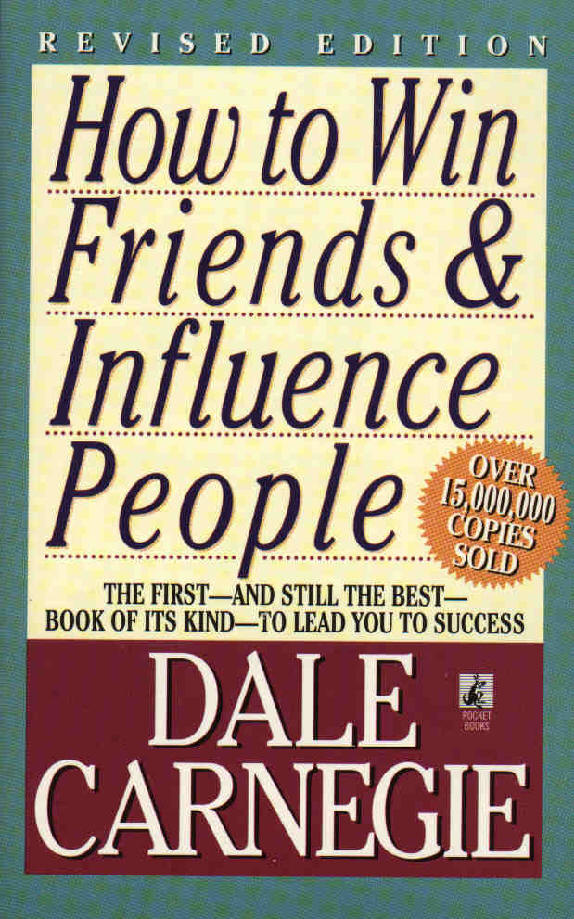Table of Contents
The way we think about motivation—what drives us to work, learn, and create—is undergoing a paradigm shift.
The book “Drive: The Surprising Truth About What Motivates Us” by Daniel H. Pink offers a comprehensive analysis of this shift, introducing Motivation 3.0, a new model that challenges traditional views and offers a compelling framework for understanding what truly motivates us in the modern world.
The Shortcomings of the Old Operating System: Motivation 2.0
For decades, Motivation 2.0, a system built on external rewards and punishments, has dominated our workplaces, schools, and even our personal lives. This system, deeply ingrained in our culture, operates on the principle of “if-then” rewards—do this and you’ll get that.
While this approach has its merits, particularly for simple, repetitive tasks, it falls woefully short in today’s increasingly complex and creative economy.
The book offers a compelling analogy between societies and computers, arguing that both operate on underlying “operating systems” that shape their behavior. Just as computers require updates to keep pace with evolving technology, so too do our motivational systems need an upgrade to meet the demands of the 21st century.
The book explains that Motivation 2.0 is becoming increasingly incompatible with the way we organize work, think about work, and perform work in the modern world.
This incompatibility stems from several “deadly flaws” inherent in the reward-and-punishment system.
The Deadly Flaws
The book highlights seven key problems:

- Extinguishing Intrinsic Motivation: When we are constantly focused on external rewards, we lose sight of the inherent satisfaction that comes from the work itself. The classic example from Mark Twain’s The Adventures of Tom Sawyer illustrates this point: by reframing the chore of whitewashing a fence as a privilege, Tom Sawyer manages to trick his friends into doing the work for him—a testament to the power of intrinsic motivation.
- Diminishing Performance: Studies have shown that focusing solely on rewards can actually lead to decreased performance, particularly for tasks that require creativity and innovation. The pressure to achieve a specific outcome can narrow our focus and hinder our ability to think outside the box.
- Crushing Creativity: The book emphasizes the detrimental effects of extrinsic rewards on creativity, particularly for “heuristic” tasks that require novel solutions. When we are driven by the promise of a reward, we tend to choose the most straightforward path, sacrificing originality and ingenuity in the process.
- Crowding Out Good Behavior: By relying too heavily on external motivators, we risk undermining people’s natural inclination to do good work for its own sake. When we offer rewards for actions that people would normally do out of goodwill, we create a transactional dynamic that can erode trust and diminish intrinsic motivation.
- Encouraging Unethical Behavior: The book cautions that the pressure to achieve goals, particularly those tied to significant rewards, can lead to cheating, shortcuts, and unethical behavior. The narrow focus on the desired outcome can blind us to the ethical implications of our actions.
- Becoming Addictive: The allure of rewards can create a cycle of dependence, making it increasingly difficult to find motivation without them. The anticipation of a reward triggers a dopamine rush in the brain, creating a craving for more, much like an addiction.
- Fostering Short-Term Thinking: When rewards are tied to immediate outcomes, they encourage a myopic focus on the short term, neglecting long-term goals and sustainability. This can be detrimental to both individual and organizational growth.
The book acknowledges that Motivation 2.0 isn’t always ineffective. For routine, algorithmic tasks, where the process is clear and the desired outcome is predictable, rewards and punishments can be useful tools.
However, for the complex, creative, and conceptual work that defines the 21st century, a new approach is needed.
Enter Motivation 3.0: A New Paradigm
Motivation 3.0, the upgrade proposed by the author, embraces a different set of assumptions about human nature.
This new model recognizes that humans are not simply rational actors seeking to maximize their own gain; we are also driven by a deep-seated desire to learn, create, and make a meaningful contribution to the world.
This new operating system centers on Type I behavior, which is characterized by intrinsic motivation—the drive to do something for the inherent satisfaction it provides. Type I individuals are not indifferent to money or recognition, but these are not their primary motivators.
They seek work that aligns with their values, allows them to grow and develop their skills, and contributes to a larger purpose beyond themselves.
The Three Pillars of Type I Behavior: Autonomy, Mastery, and Purpose
Type I behavior flourishes in environments that nourish three fundamental psychological needs: autonomy, mastery, and purpose.
1. Autonomy: The desire to be self-directed is a powerful force in human behavior. Type I individuals crave autonomy over four key aspects of their work:
- Task: The freedom to choose what they work on.
- Time: The flexibility to decide when they work.
- Technique: The liberty to determine how they work.
- Team: The ability to choose who they work with.
The book highlights several examples of companies that have successfully implemented autonomy-enhancing policies, including Google’s famous “20 percent time,” where engineers are encouraged to devote one day a week to projects of their choosing.
This policy has led to the birth of several successful products, including Gmail and Google News. Another example is Atlassian’s “FedEx Days,” where employees are given 24 hours to work on any problem they want, leading to innovative solutions and improved products.
2. Mastery: The urge to get better at something that matters is a fundamental human drive. Type I individuals are passionate about their work and constantly seek to improve their skills. They experience flow—a state of deep engagement and optimal challenge—more often at work than in leisure.
The book emphasizes that mastery is not a destination but a journey. It requires a growth mindset—the belief that our abilities are not fixed but can be developed through effort and practice. Mastery also demands grit, perseverance, and deliberate practice—the focused, challenging work that pushes us beyond our comfort zones.
3. Purpose: Type I individuals are driven by a desire to contribute to something larger than themselves. They seek work that aligns with their values and makes a positive impact on the world. The book suggests that this “purpose motive” is becoming increasingly important, particularly for younger generations entering the workforce.
The emergence of purpose-driven businesses like TOMS Shoes, which donates a pair of shoes to a child in need for every pair purchased, exemplifies this shift. These organizations prioritize social impact alongside profit, demonstrating that purpose maximization and profit maximization are not mutually exclusive.
Implementing Motivation 3.0: From Theory to Practice
The book provides a wealth of practical suggestions for both individuals and organizations seeking to embrace the principles of Motivation 3.0 and create a more engaging, productive, and fulfilling work environment.
For Individuals:
- Conduct a “Flow Test”: Identify the activities that spark your intrinsic motivation and lead to a state of flow. This self-awareness can help you seek out work that aligns with your passions and strengths.
- Set Learning Goals: Focus on developing your skills and knowledge rather than simply achieving external benchmarks. Embrace challenges and see setbacks as opportunities for growth.
- Regularly Evaluate Your Progress: Honest self-assessment is crucial for mastery. Track your progress, identify areas for improvement, and celebrate your achievements.
For Organizations:
- Implement “20 Percent Time” or Similar Policies: Create opportunities for employees to work on self-directed projects, fostering autonomy and innovation.
- Encourage Peer-to-Peer Recognition: Shift away from top-down reward systems and empower employees to recognize each other’s contributions.
- Focus on Purpose Maximization Alongside Profit Maximization: Clearly articulate the organization’s purpose and demonstrate how individual roles contribute to a larger goal.
- Design for Intrinsic Motivation: Create a work environment that supports autonomy, mastery, and purpose. This includes providing flexible work arrangements, opportunities for professional development, and a culture that values individual contributions.
A Call for a Motivational Renaissance
The book makes a compelling case for a fundamental shift in our understanding of motivation. By embracing the principles of Motivation 3.0, we can create a more human-centered workplace that empowers individuals to tap into their intrinsic motivation, fostering engagement, creativity, and purpose.
This shift is not just about improving productivity and profits; it’s about creating a work environment that aligns with our deepest human needs, leading to more fulfilling and meaningful work experiences.







Leave a Reply